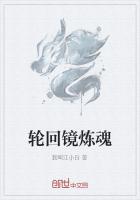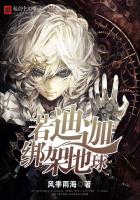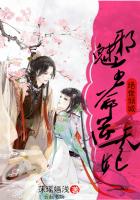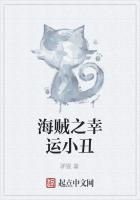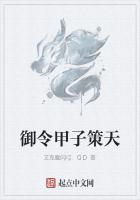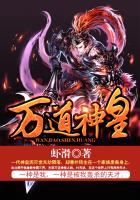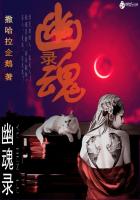Lying to the north of the Forbidden City and to the west of Jingshan Park, Beihai (North Sea) is also an imperial garden. The center of the park is the Jade Island, which has a white pagoda of the Tibetan Buddhism style. The restaurant on the island features imperial cuisine that attracts many visitors from abroad. In winter, the lake is frozen and many people enjoy skating here. The citadel at the southern entrance of the park treasures a jade Buddha statue and a giant jade sculpture of mountain and sea. One can also rent a boat to visit the Nine-Dragon Screen and the Kuaixuetang (Swift Snow Hall).
Jingshan Park
Jingshan, also called Coal Hill, used to be the royal garden to the north of the Forbidden City. In the Yuan Dynasty some 600 years ago, it was a small hill. When Emperor Yongle of the Ming Dynasty ordered the construction of the Forbidden City, the dirt from the city moat was piled onto the small hill. Nicknamed Wansuishan (Hill of 10,000 Years or Hill of the Emperor), the hill was covered in dense vegetation. Emperors liked to escape from the busy work and complex rites to admire flowers, practice shooting arrow, enjoy leisurely banquets and climbing the hill.
Zhongnanhai
To the west of the Forbidden City, Zhongnanhai has been the headquarters of the country"s central government since the 1910s and off-limits to visitors. It consists of Zhonghai (Middle Sea) formed in the Liao Dynasty (907-1125) and Nanhai (South Sea) built in the Ming Dynasty. It formally became part of the imperial compound in the Qing Dynasty. The front gate of Zhongnanhai is Xinhua (New China) Gate that faces the Chang"an Avenue. Inside the gate is the screen wall printed with Chairman Mao Zedong"s handwriting "serving the people".
Temple of Earth
On the eastern side of Andingmen Outer Street, the Temple of Earth is the second major altar of all five imperial altars after the Temple of Heaven. It is the country"s biggest altar to pay tribute to earth. Founded in 1530, it is the venue for emperors to pray to the earth for favorable weather and national prosperity. The venue is formed with seven groups of architectures: the Fangzetan Altar, the Earth Deity Hall, the Sacred Warehouse, the Slaughter Pavilion, the Fast Hall, the Sacred Stable and the Bell Tower. The complex reflects traditional Chinese philosophies such as "the sky is round and the earth is square", "the sky is blue and the earth is yellow", "the south belongs to yin and the north to yang ", "dragon and phoenix", "heaven and earth". Its colorful decoration and architectural design are a genius creation of ancient craftsmen.
Altar of the God of Agriculture
At the western side of Andingmen Inner Street, the altar was where emperors worshiped the God of Agriculture, deities of mountains and rivers and others. Remaining architectures include Platform to Observe Farming, Hall of Taisui, Sacred Warehouse, Altar of the God of Agriculture and others.
Temple of Heaven






